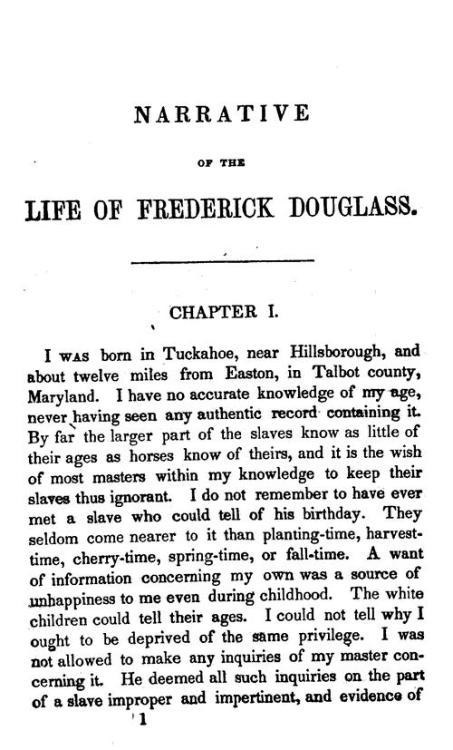Clonality analysis of lymphoid proliferations using the.
B-cell clonality is determined by PCR and fragment sizing analysis of fluorescently labeled products. Master mixes are commercially provided by InVivoScribe in a BIOMED-2 Assay for IgH and IgK. Patterns consistent with polyclonal, oligoclonal and monoclonal B-cell populations are interpreted from fragment-sizing electropherograms.
B and T cell clonality studies can also be used to compare lymphoid proliferations at multiple sites or past and present samples, to distinguish between recurrence and new disease. Clonal B-cell populations are detected by analysis of the immunoglobulin heavy ( IgH) and light chain ( IgK and IgL) genes.

B Cell Clonality Analysis by PCR. Description. Monoclonal populations of B lymphocytes can be identified by testing for immunoglobulin heavy chain (IGH) and kappa light chain gene (IGK) rearrangement by the polymerase chain reaction.

A clonal dynamics analysis of the transition between primary and recall B cell responses in mice reveals a clonality bottleneck that constricts the breadth of the secondary antibody response and limits reentry of previously matured B cells into secondary germinal centers.

Clonality analysis by qualitative PCR. The detection of IG and TCR gene rearrangements using PCR is fast, simple, precise, and very accurate, and such tests can identify a single T or B monoclonal cell among 100 B or T polyclonal cells with a sensitivity of 0.01% (van Dongen et al. 2003).

The B-cell receptor IGH gene rearrangement PCR (test code 90362) is the preferred assay for B-cell clonality determination. However, false-negative results are seen in the IGH PCR assay in 5-20% of B-cell lymphoproliferative neoplasms due to intrinsic biologic mechanisms.

T cell clonality testing has important clinical and research value, providing a specific and reproducible assessment of clonal diversity in T cell proliferations. Here we review the conceptual foundations of T cell clonality assays, including T cell ontogeny and T cell receptor structure and function; we also provide an introduction to T.

B-cell populations. The Ig gene rearrangement can be demonstrated by Southern blotting, with high specificity, but because of the reasons described above for detection of B-cell clonality in FFPE pathological samples, especially in smaller biopsies, the Ig PCR assay is the method of choice.

Abstract. Background. Clonality determination in patients with lymphoproliferative disorders can improve the final diagnosis. The aim of our study was to evaluate the applicative value of standardized BIOMED-2 gene clonality assay protocols for the analysis of clonality of lymphocytes in a group of different lymphoid proliferations.

Clonality analysis using polymerase chain reaction (PCR) amplification of the immunoglobulin heavy chain (IgH) gene is an important aid to the diagnosis of B cell lymphoproliferative diseases.

B and T cell malignancies are characterized by clonal cell growth, which can be detected using PCR. Clonality analysis can be used to identify clonality in suspected lymphoproliferative disorders and to distinguish between reactive and malignant samples.

Heteroduplex analysis of VDJ amplified segments from rearranged IgH genes for clonality assessments in B-cell non-Hodgkin's lymphoma. A comparison between different strategies.

METHODS: This study included 29 cases of B-cell lymphoproliferative processes classified as primary cutaneous B-cell lymphomas (13), B-cell pseudolymphomas (6) and inconclusive cases (10) using histology and immunohistochemistry. The clonality analysis was performed by polymerase chain reaction analysis of immunoglobulin light chain and heavy chain rearrangements.



